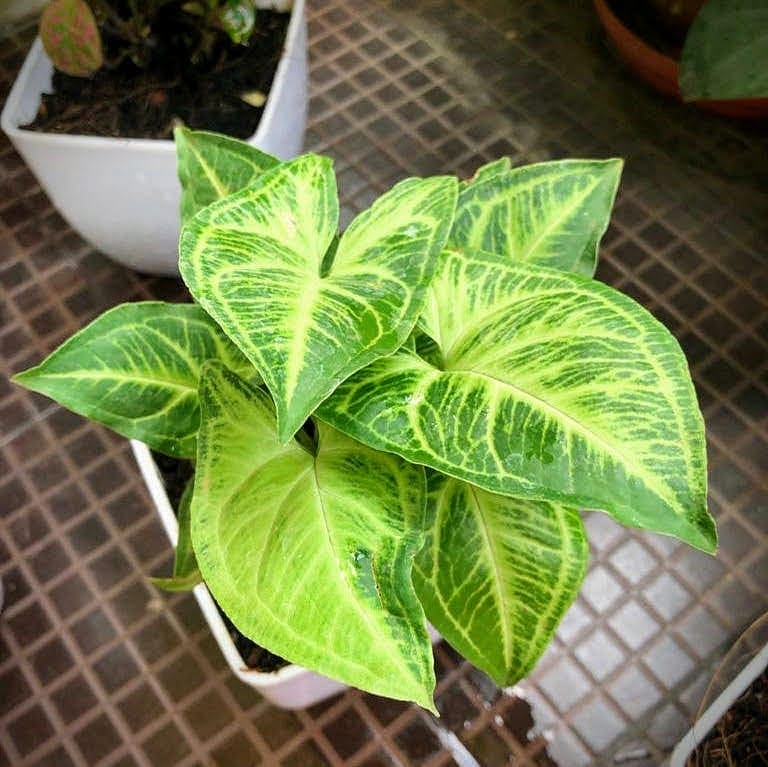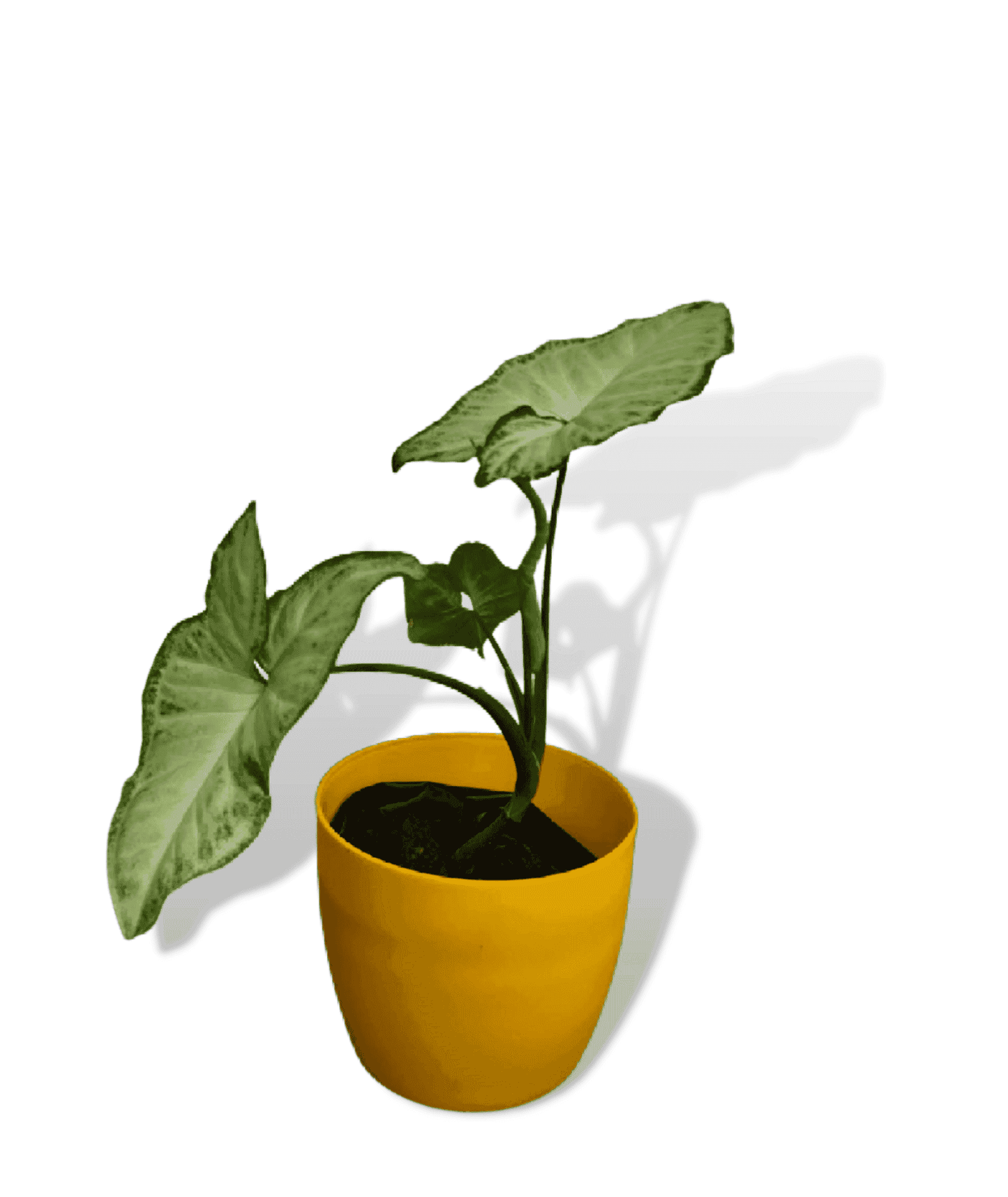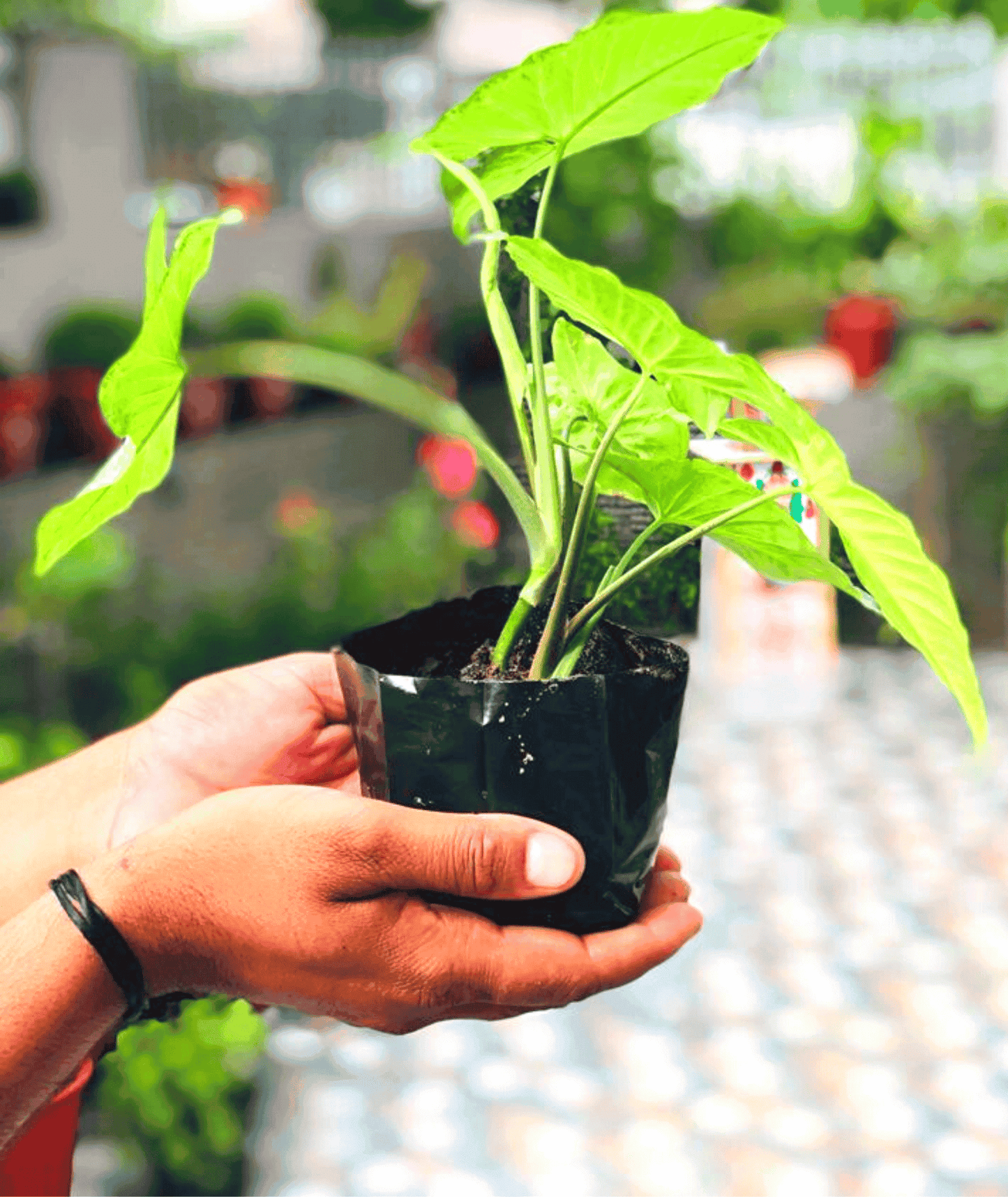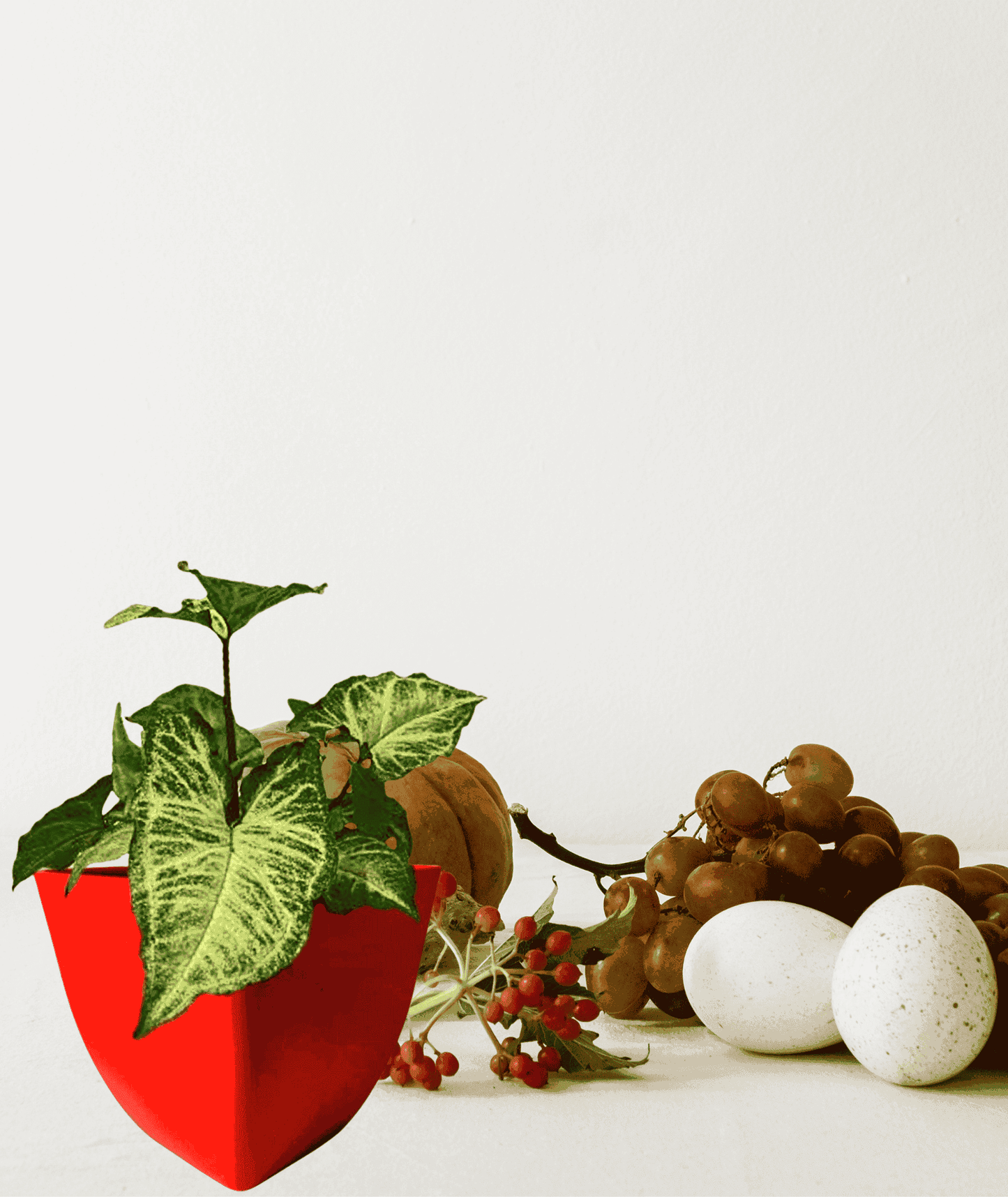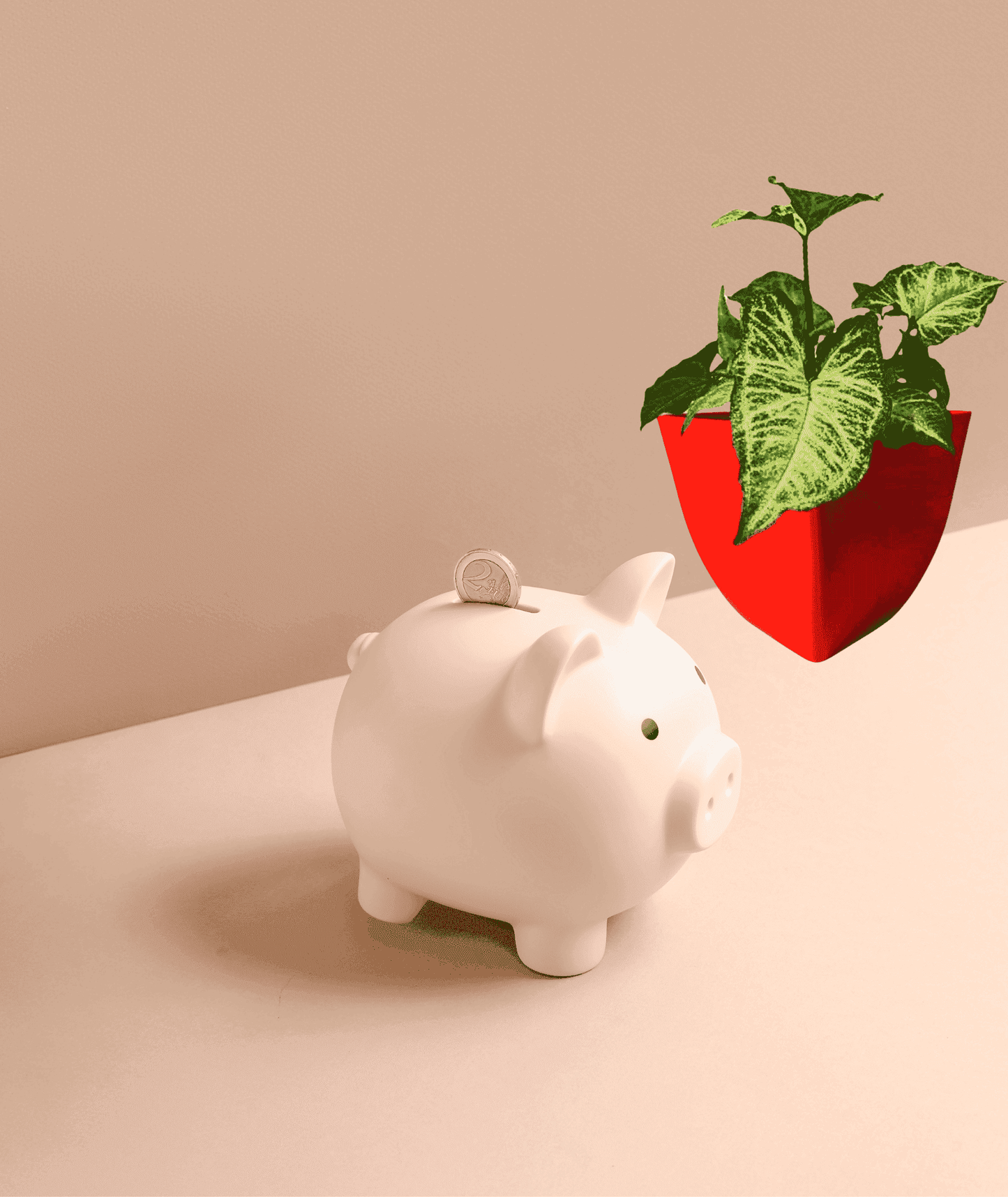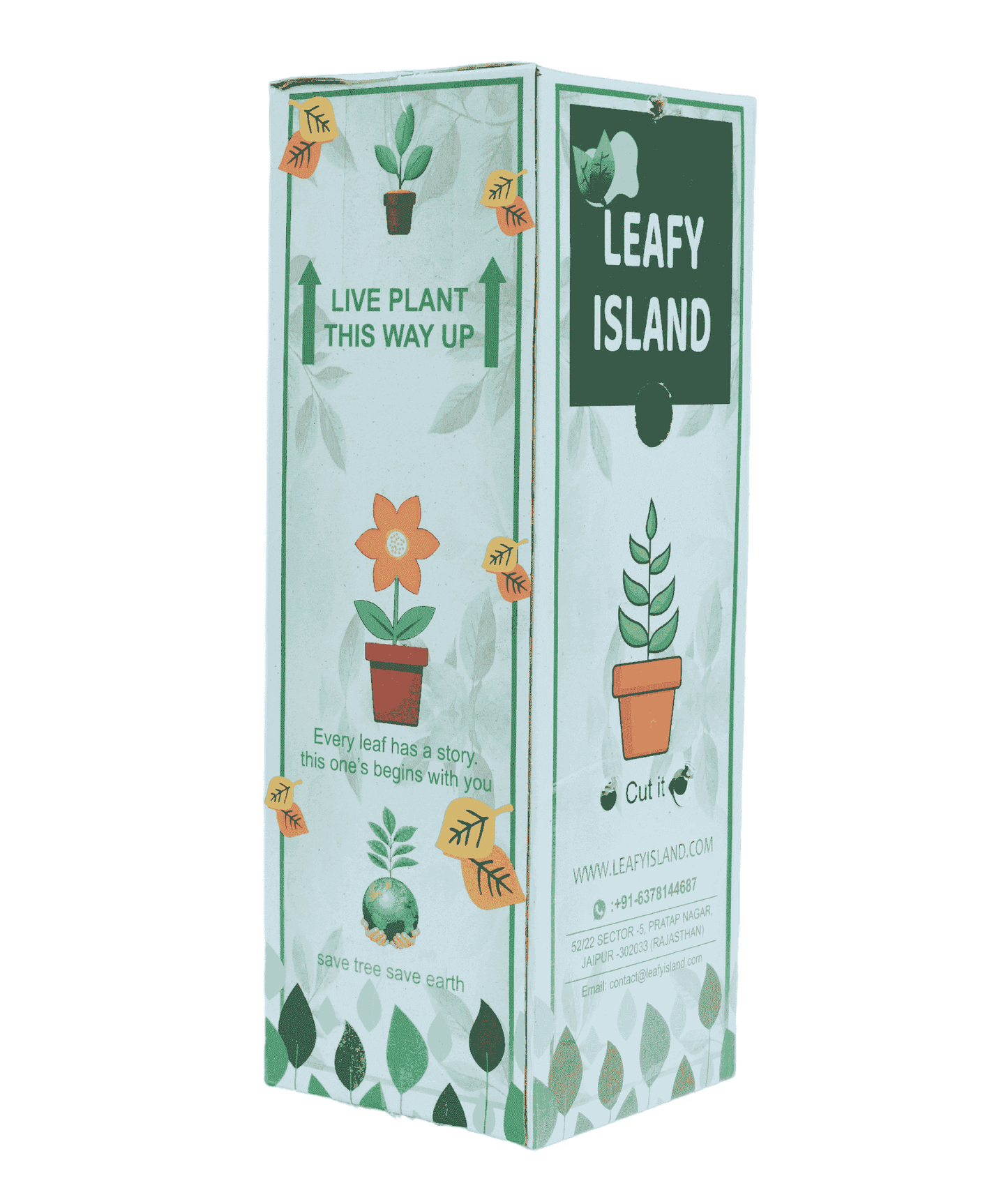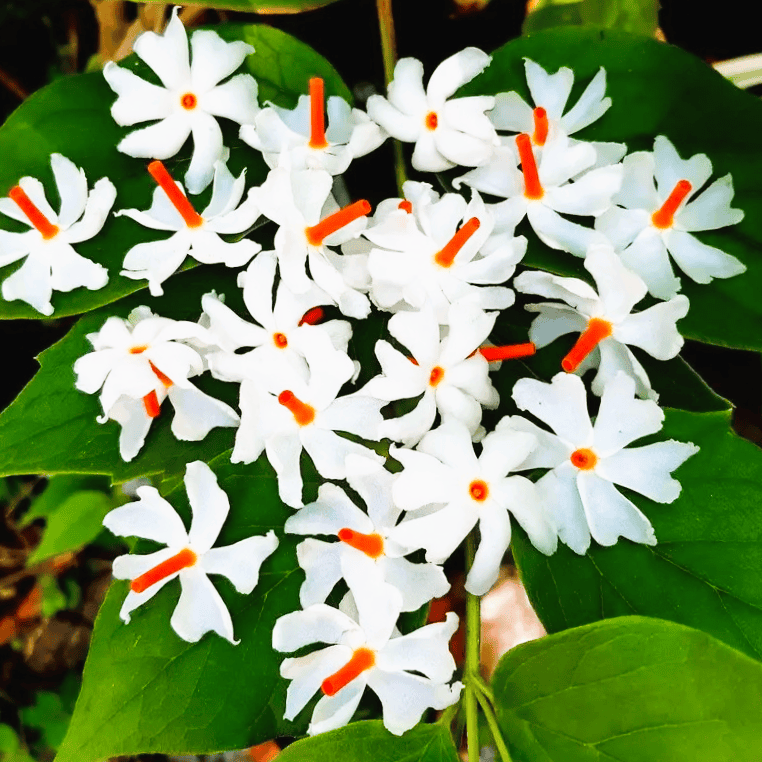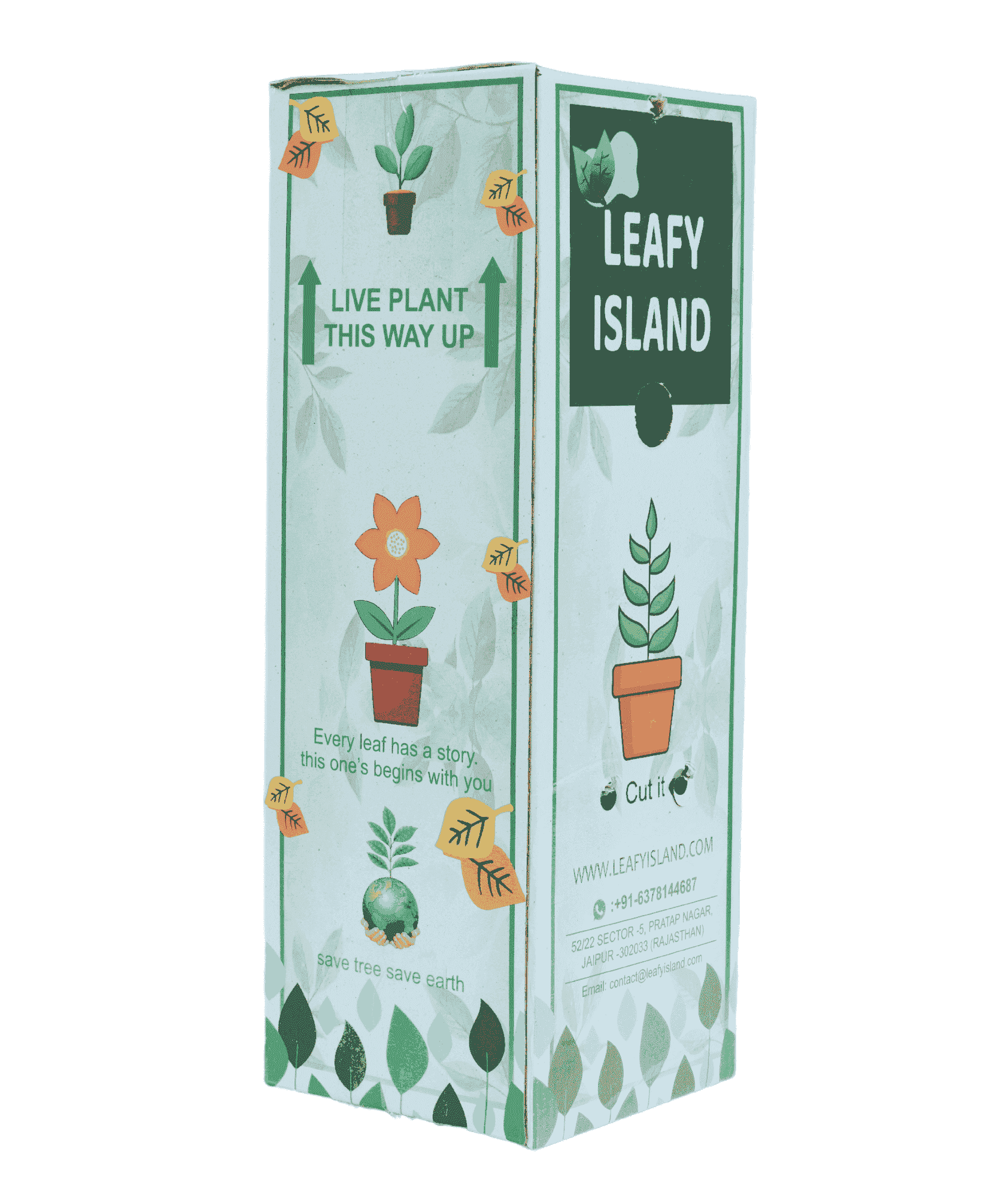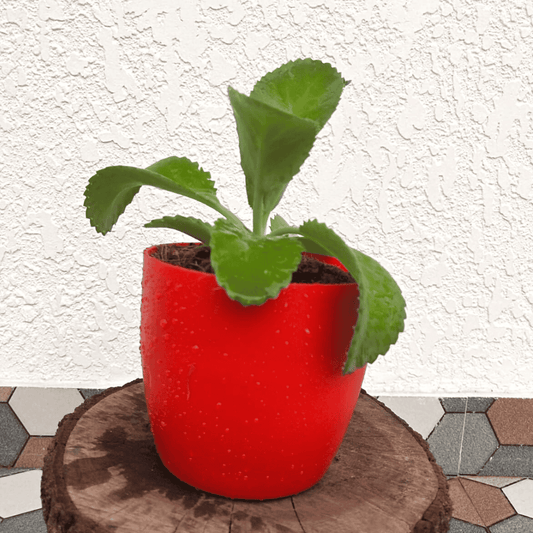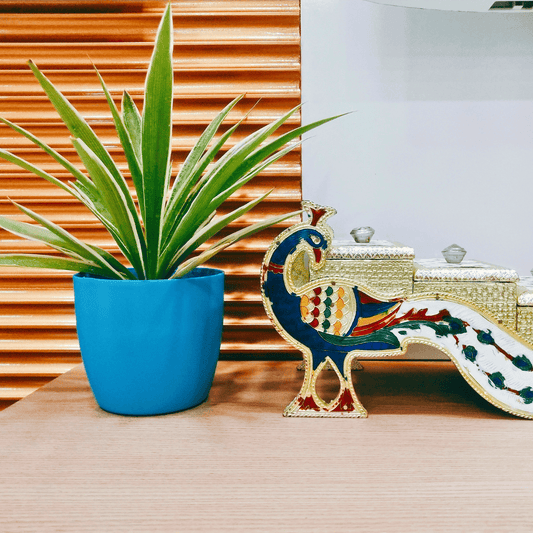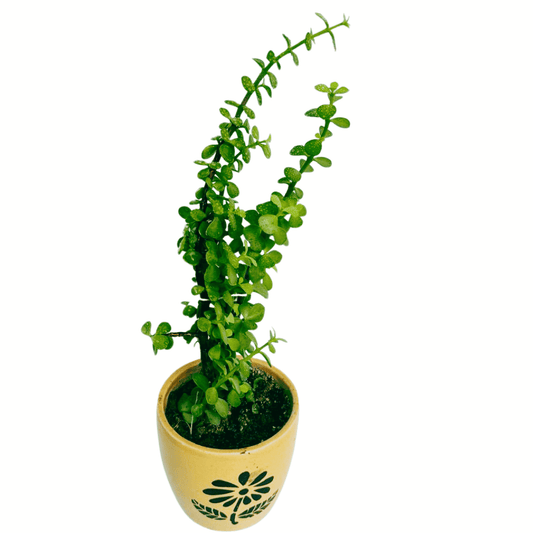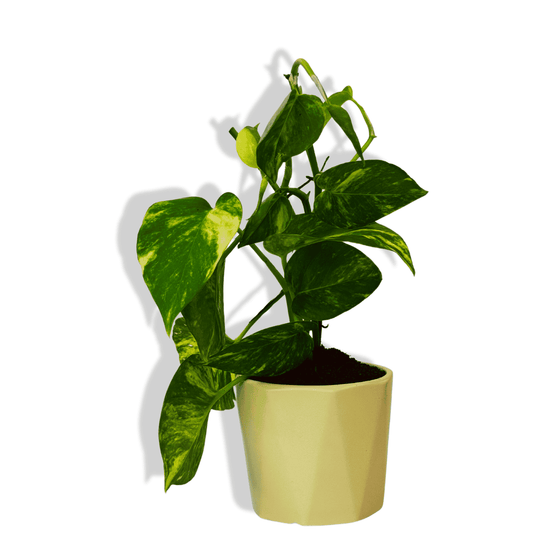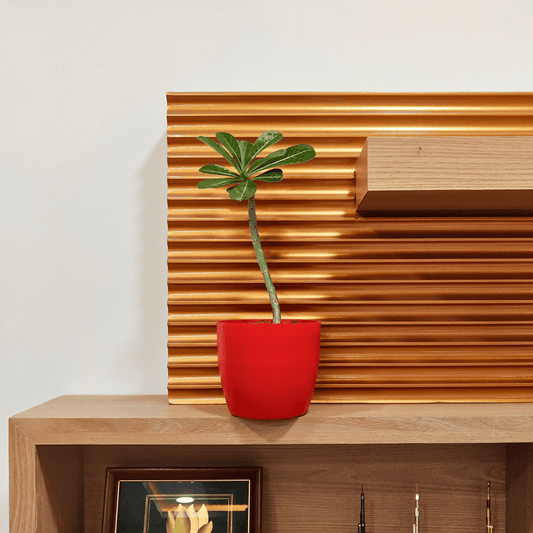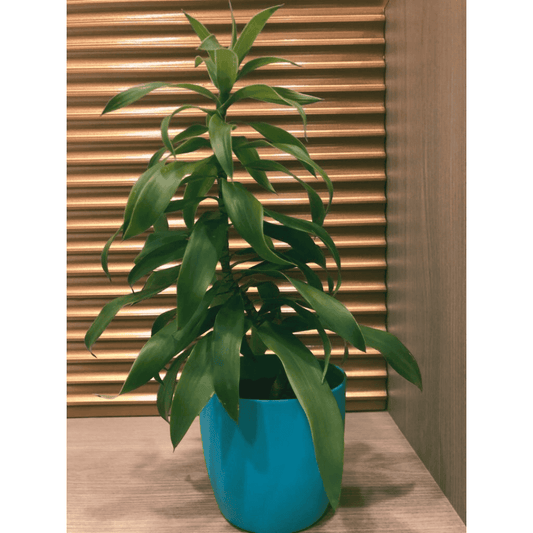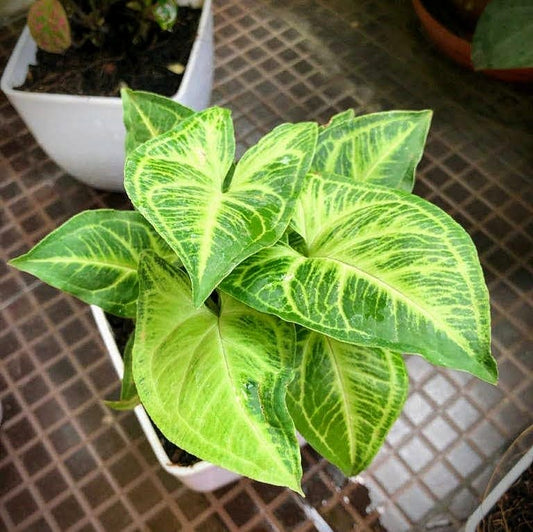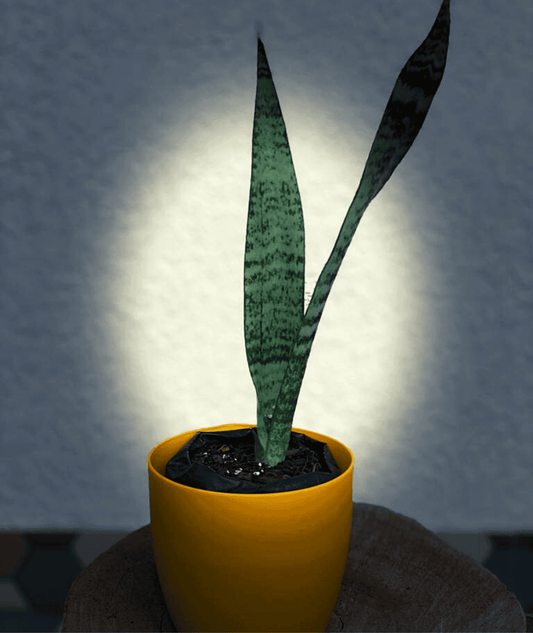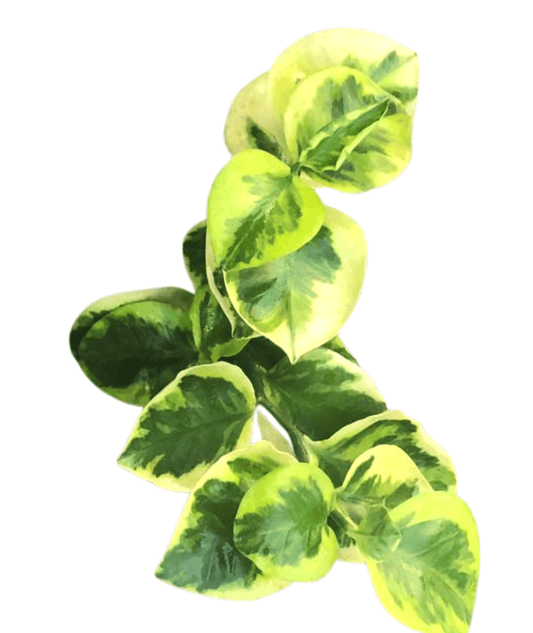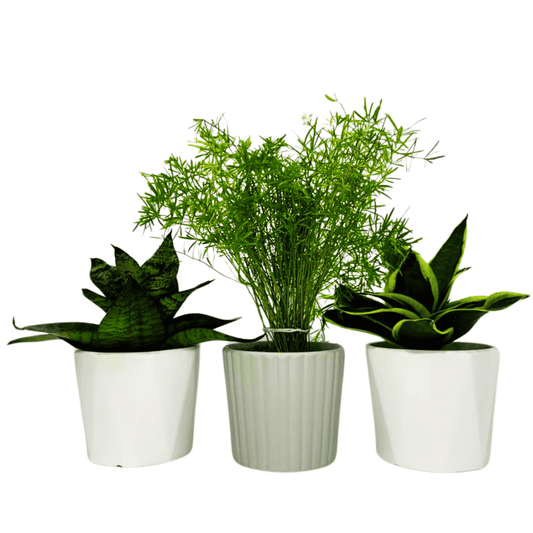Syngonium Green, Syngonium Variegated Plant
Syngonium Green, Syngonium Variegated Plant
Couldn't load pickup availability
🌿 Syngonium Variegated (Arrowhead Plant) 🌿
Add a splash of green charm to your home with the Syngonium Variegated, a gorgeous member of the Araceae family. Also known as Green Syngonium, Arrowhead Vine, or American Evergreen, this beauty hails from the lush tropical regions of Latin America (Mexico to Bolivia).
✨ Why You'll Love It
-
Perfect for indoor decor or partially shaded balconies
-
Air-purifying powerhouse – breathes freshness into your space
-
Thrives in low-light and humid conditions
-
Can be styled as a trailing plant or trained to climb
🌱 General Care Tips
✅ Only repot when the plant outgrows its container
🐛 Keep an eye out for mealybugs & spider mites in low humidity
🚫 Toxic if ingested – keep away from pets and kids
💧 If leaves brown, mist regularly and shift to a more humid spot
Pair it with the vibrant Syngonium Pixie and charming Syngonium Pink for the ultimate green trio that elevates any space! 🌿✨
The plant has FREE Delivery
The actual product may slightly differ from the image shown, as it is indicative. The plant's shape, design, number of leaves, and size depend on seasonal availability.
Please note that the received product may not precisely match the displayed image due to natural variations in plant growth and availability. Flower/ Petals and some leaves may drop during transport, but new leaves will sprout again within few days.
Plant Care: Upon receiving your live plants, it's essential to offer them water promptly to rejuvenate them after their journey. Position the plant in an area with indirect sunlight, allowing it to gradually regain its vitality.
Repotting Instructions: Once the plant has fully recovered, you may contemplate repotting it in nutrient-rich soil, either within its current decorative pot or a new one. Ensure the selected pot features adequate drainage holes to prevent overwatering, especially if the decorative pot lacks these holes.
